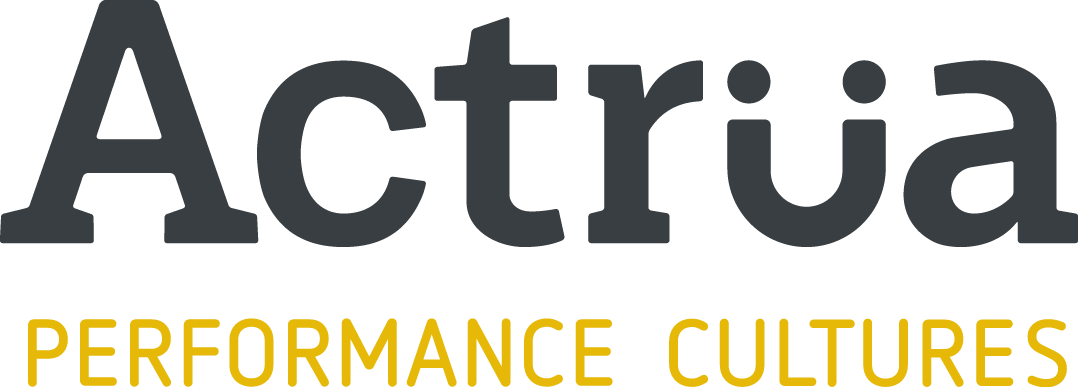Yin and Yang is a concept of dualism in ancient Chinese philosophy that describes how seemingly opposite or contrary forces may be complementary, interconnected, and interdependent.
I have been fortunate enough to travel to many countries and experience many cultures. It is a wonderful experience to be immersed in another culture, and it is then that you appreciate some of the nuances of how we live and work in Australian. We tend to be fairly structured. We don’t mind queuing and we are pretty good on rules and regulation. We can probably thank our British colonial heritage for some of these gifts.
So, when Western society looks at Yin and Yang, we are more likely to see opposites – opposing forces. Black and white. Dark and Light. Male and female. Logic and emotion. Management and leadership? We tend to be more comfortable dealing with absolutes, rather than shades of grey.
You only need to do a Google search to see how much has been written about the differences between management and leadership. In the table below, we have compiled a few different descriptions that have been associated with management or leadership.
| Management | Leadership |
| Things | People |
| Stability | Change |
| Control | Chaos |
| Plan | Vision |
| Present | Future |
| Transaction | Transformation |
| Authority | Influence |
| Existing roads | New roads |
| Hierarchy | Relationships |
| Manager’s role | Everyone’s role |
A very, very important point to make here is that we are not proposing that management or leadership is more important than the other. There is certainly differences between the two, but they certainly should not be regarded as two opposing forces. What is required is both good management and good leadership practices.
The power of the Yin Yang model is to see things as complementary, interconnected, and interdependent. Our goal should be to bring the two different perspectives closer together, not drive them apart. To achieve a balance. Too much of one without the other will throw things off balance.
Too much management. What happens? Bureaucracy, inefficiency, failure to change. What about too much leadership, without adequate management? Chaos ensues.
The sweet spot is in the middle zone. It is actually more grey, than black or white. What this means for both Managers and Leaders is that we need to be comfortable working with a degree of tension between the two activities. It means embracing contradiction and paradox.
What does this then mean for safety? In the article Safety Paradoxes and Safety Culture, James Reason identifies four safety paradoxes:
- Safety is defined and measured more by its absence than its presence.
- Defences, barriers and safeguards not only protect a system, they can also cause its catastrophic breakdown.
- Many organisations seek to limit the variability of human action, primarily to minimise error, but it is this same variability – in the form of timely adjustments to unexpected events – that maintains safety in a dynamic and changing world.
- An unquestioning belief in the attainability of absolute safety can seriously impede the achievement of realisable safety goals, while a preoccupation with failure can lead to high reliability.
Safety is much more complex that many appreciate. Without getting caught up in definitions, let us agree that Safety Management relates to the work systems and process. Safety Leadership involves how we influence the beliefs and behaviours associated with safety. One does not work without the other.
Achieving great safety outcomes is part art and part science. The trick is getting the blend of management and leadership just right. We also know that one size does not fit all. It is contextual, to the industry, to the organisation and perhaps even to the specific team.
Good safety management practices provide the fundamentals. However, what we often see is too much of reliance on safety management systems. Professor Patrick Hudson’s quote comes to mind, “What costs money is not safety, but bad safety management”. Safety Management Systems are more tangible than leadership. They are easier to see and create the perception that something is being done. But the Law of Diminishing Return comes into play. In his book, Paper Safe, Greg Smith discusses the “illusion of safety” and refers to the “unfounded and unsubstantiated belief that policies, procedures, processes and other documentation coupled with lots of “activity” …. means that health and safety risks are being effectively managed”. He then states that “History would suggest that this is not the case”.
To take safety to the next level requires something different – safety leadership. But leadership alone will not suffice. It is not the silver bullet. A mistake we sometimes see is when an organisation tries to jump to Safety Leadership too soon, without the fundamentals in place. Good safety management practices should be considered “the ticket to the dance floor”. But the real groove happens when you get safety leadership humming.
True safety leadership starts with vision. A vision of what is possible. By no means is it the exclusive domain of senior leaders in a business. In fact, it is everyone’s domain. As a Team Leader, what does a safe day look like for my team? As a Team Member, what does a safe day look like for me and my mates? Also, what does a safe day look like for my family?
Only last week I was talking to a CEO who shared with me his experience of running a major industrial organisation. He said he took absolutely no comfort in the fact that the organisational LTIFR was approaching zero. He could recall at least five incidents during his tenure that had a very high potential. In one instance, it was “but for luck” that a major catastrophe was averted. His vision of a safe workplace was not measured by injury statistics and reports.
Safety beliefs and behaviours are not necessarily the easiest thing to measure. There are certainly ways and means to measure performance in this space, but we also need to be very cautious that a well-intended solution does not then work against us through a need to measure activity. If we start introducing too many forms or checklists, then our balance can quickly get out of kilter.
There is a great quote by Peter Drucker, “Management is doing things right; leadership is doing the right things.”
By applying a Yin-Yang mindset to Safety Management and Leadership, we move the discussion from “either/or” to “and”. How do we balance both management and leadership efforts so that they are complementary, not competing? In an organisational setting, this may require different functions working together for the same outcome. It is not unusual to see safety and leadership initiatives being led by different departments, competing for time and resources.
As safety leaders, we won’t always know for sure what are the right things to do. We may need to try new approaches and perhaps step outside the comfort zone. Leadership and culture may not be familiar territory for you. But the significant influence of leadership and culture on safety performance cannot be ignored.
Written by Alan Sim & Craig Robinson







